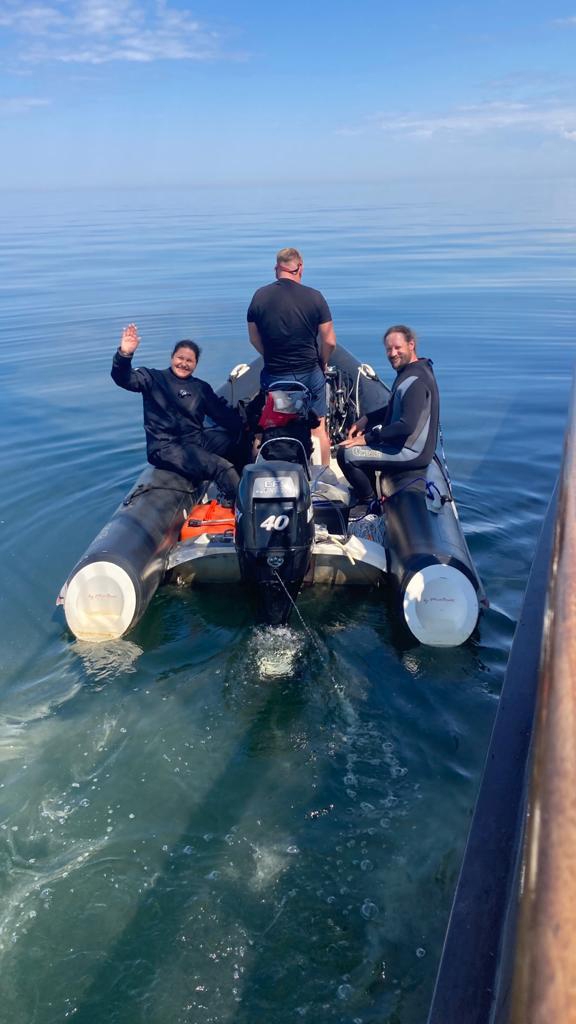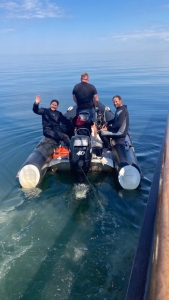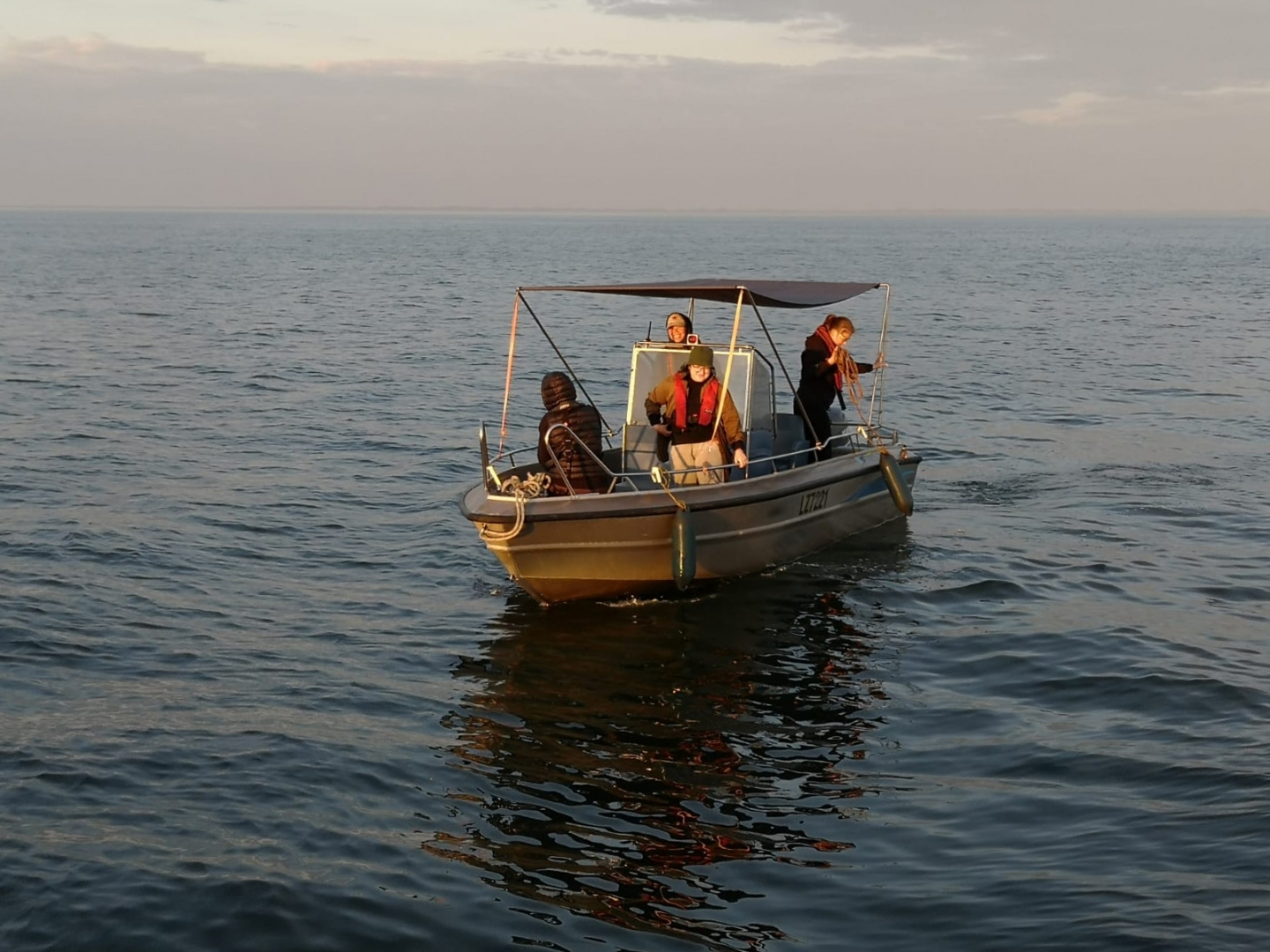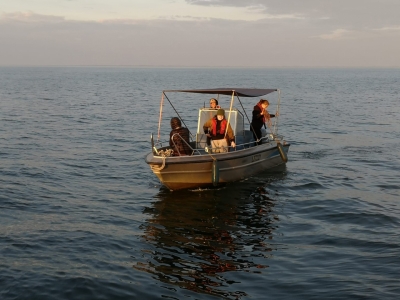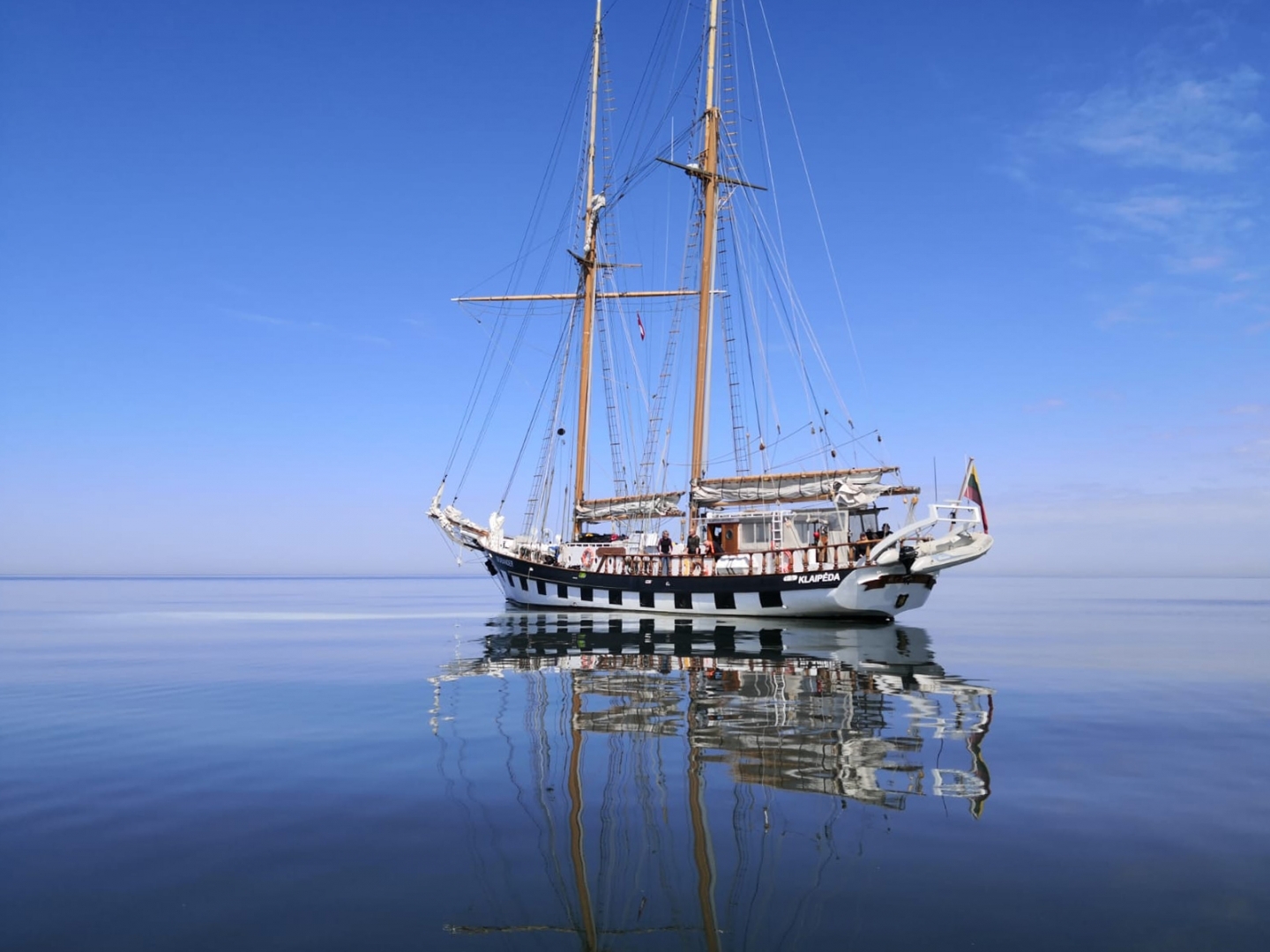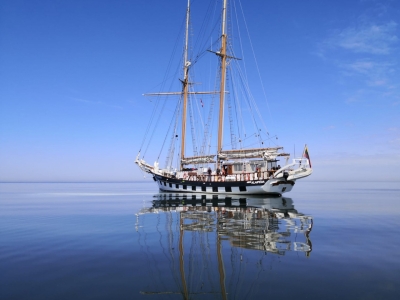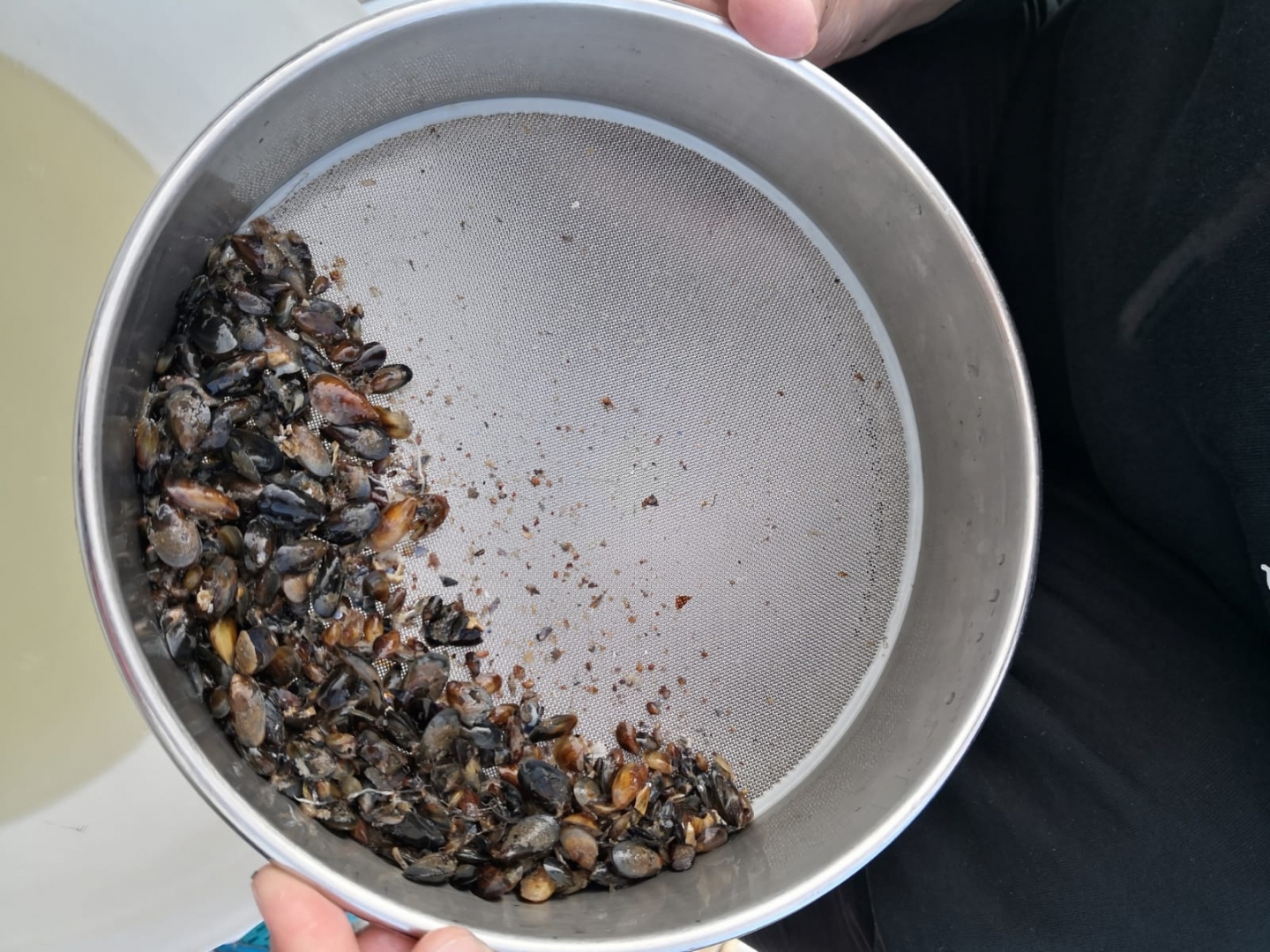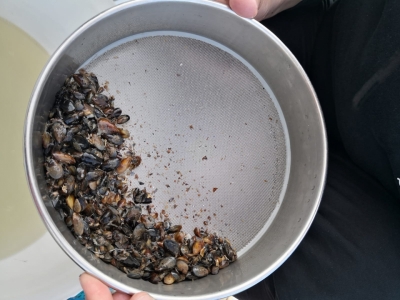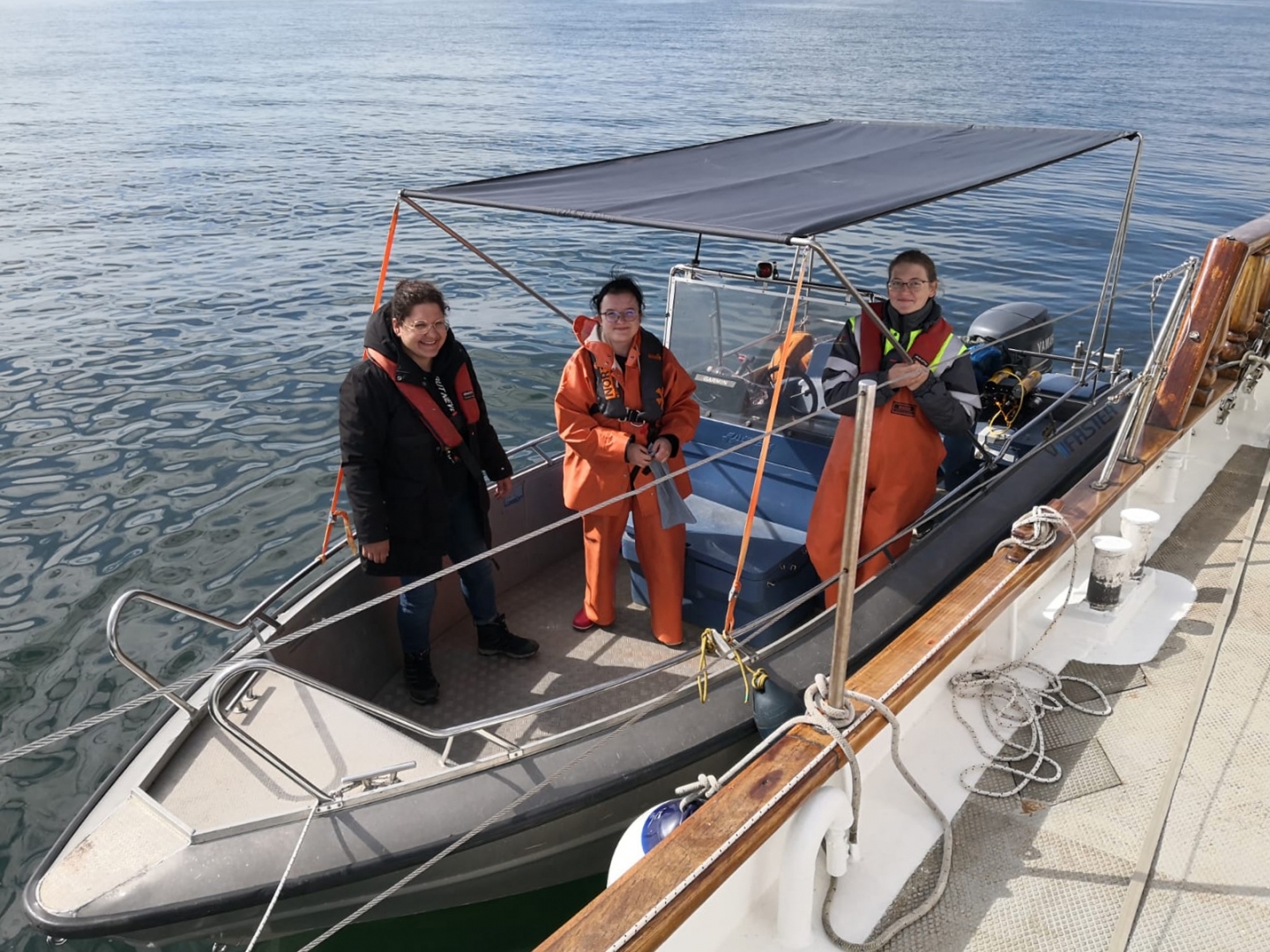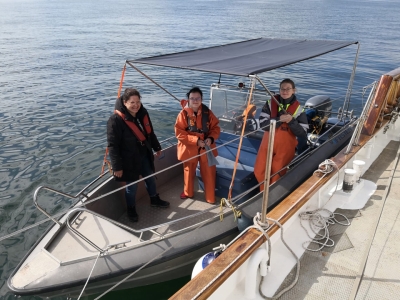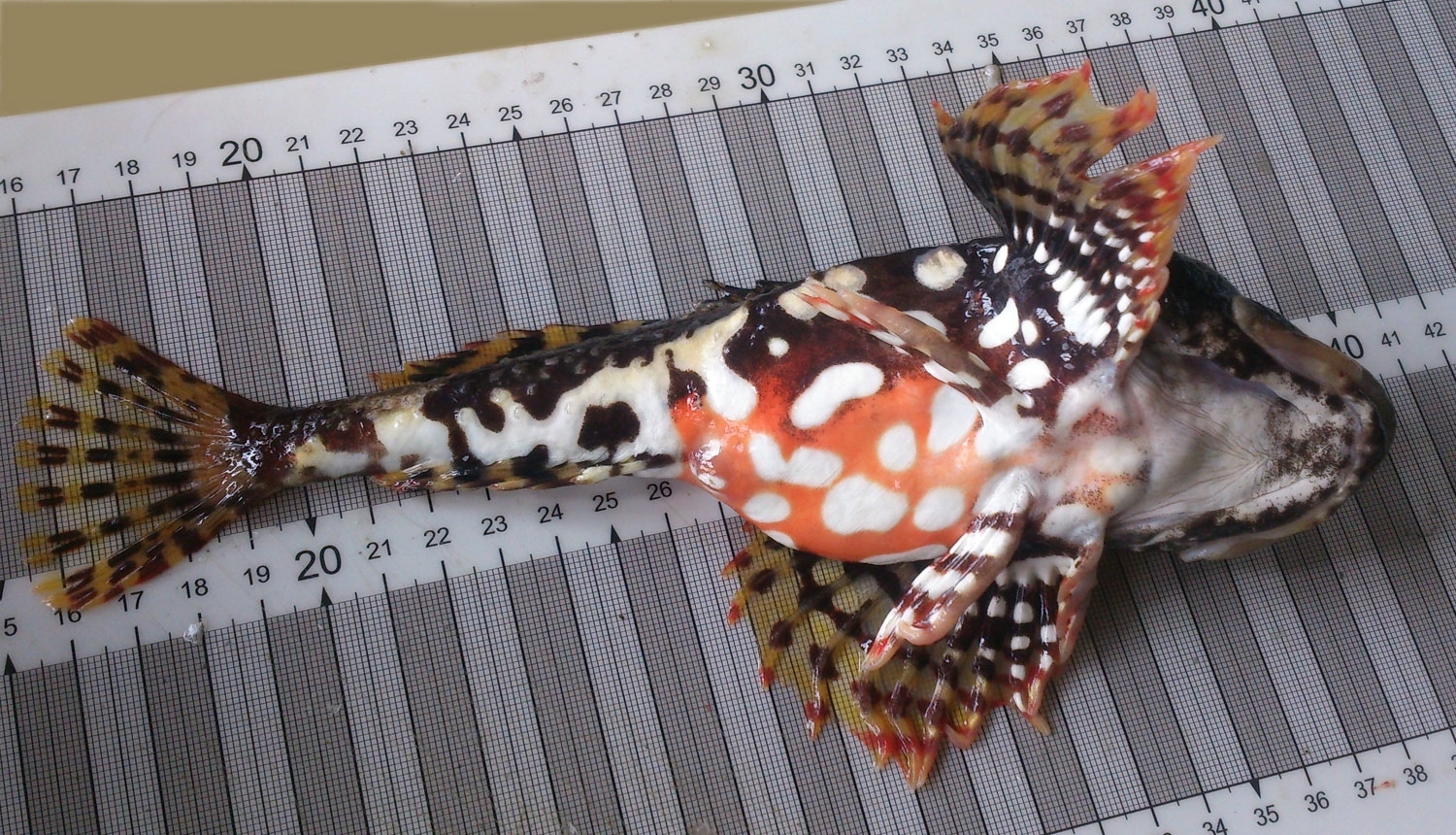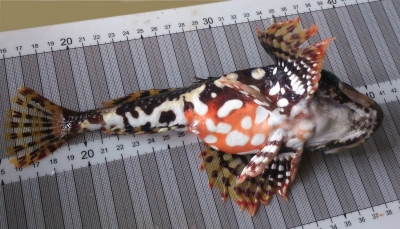The first expedition to map the Baltic Sea reefs has been successful
Marine research has been carried out in the framework of the LIFE REEF project for the period from 3 June to 7 June. . Surveys of deep banks in the exclusive economic zone of Latvia have been conducted with the “Brabander” and the flotillas accompanying the University of Klaipeda. Various methods were used to explore deep banks: filming underwater habitats at a depth of 30-35 metres, diving and direct observations by researchers.
Published: 08.10.2021.
Share this page content!
Choose a social network where you want to share the content of this page.



